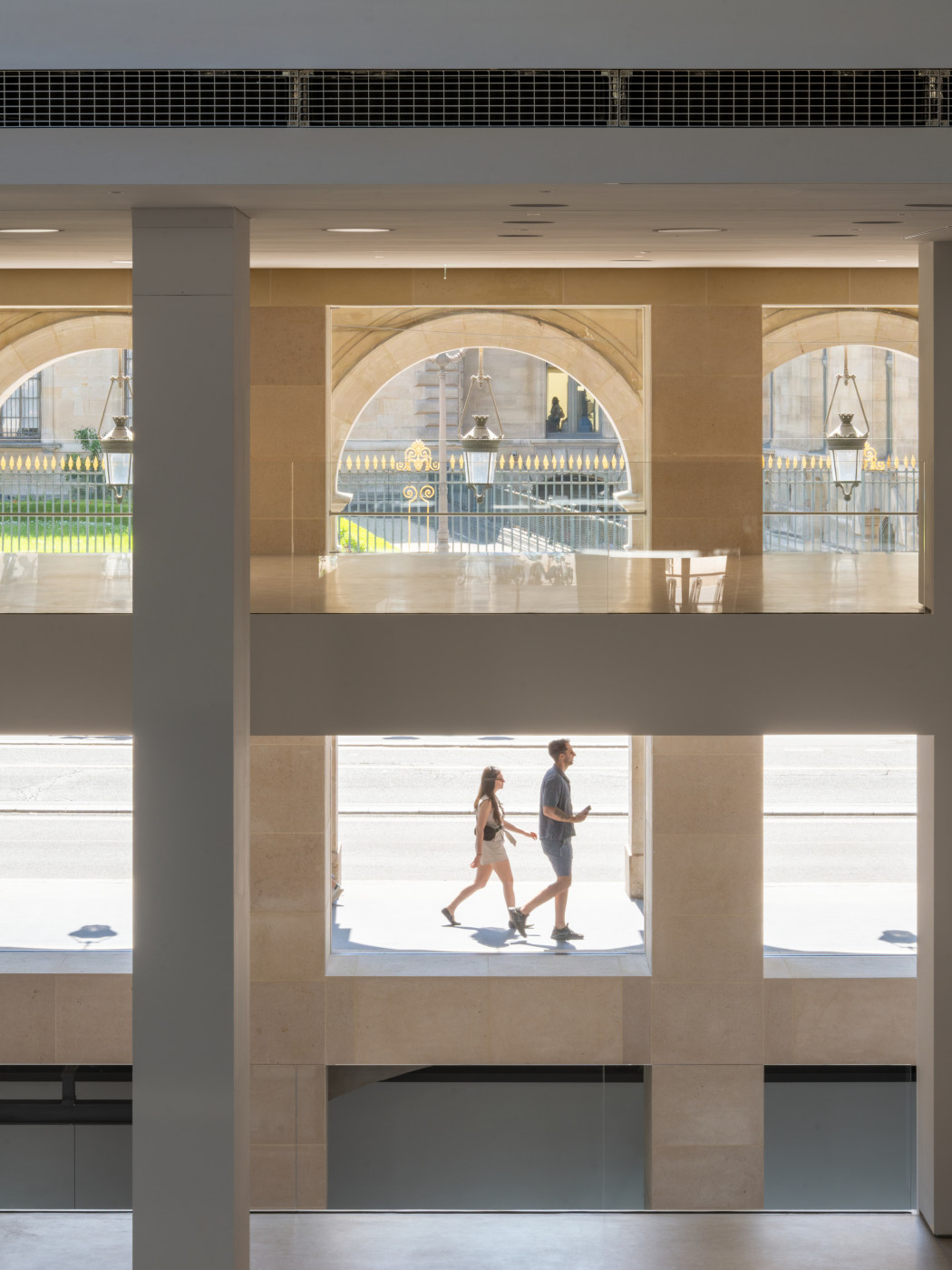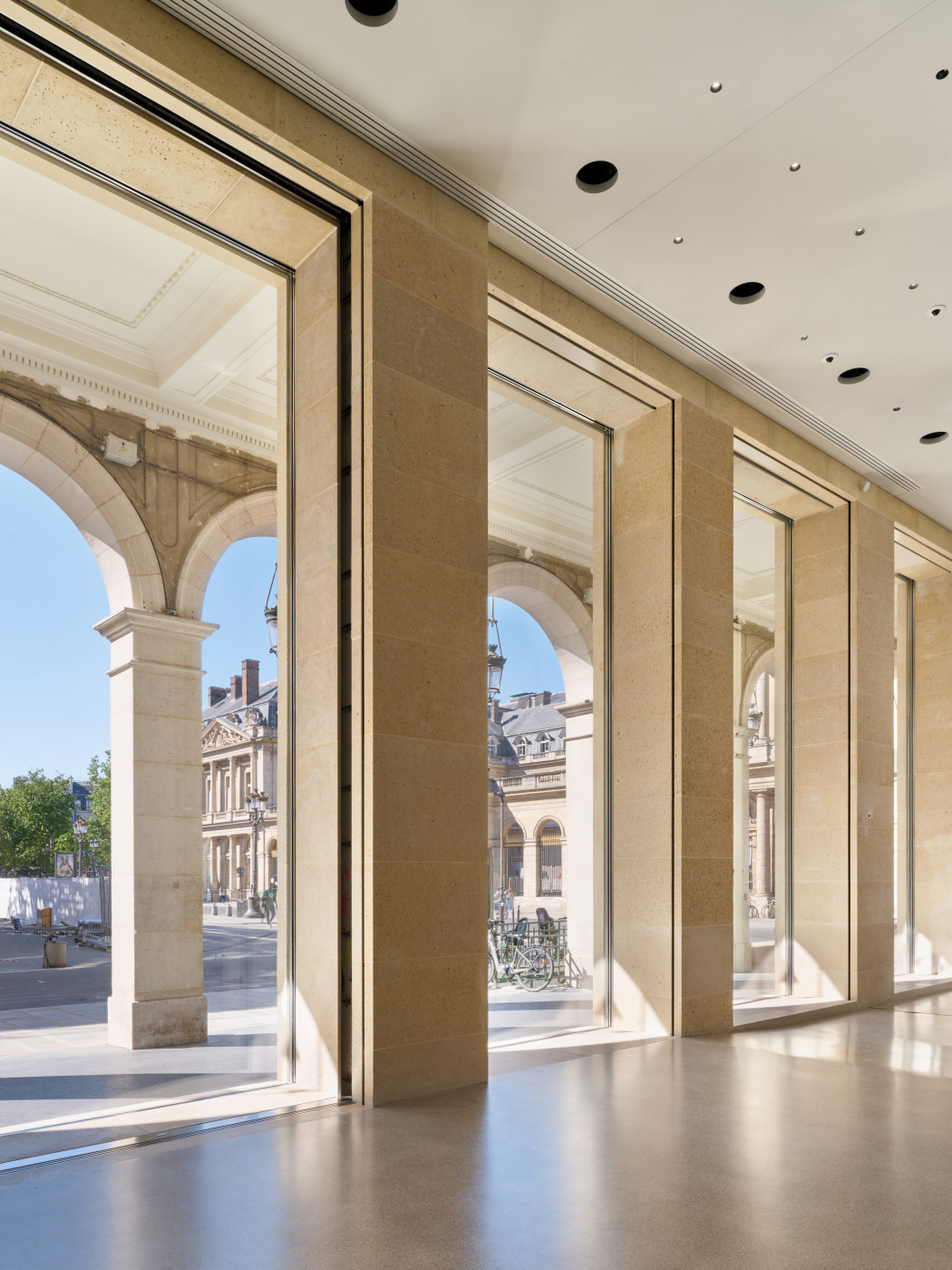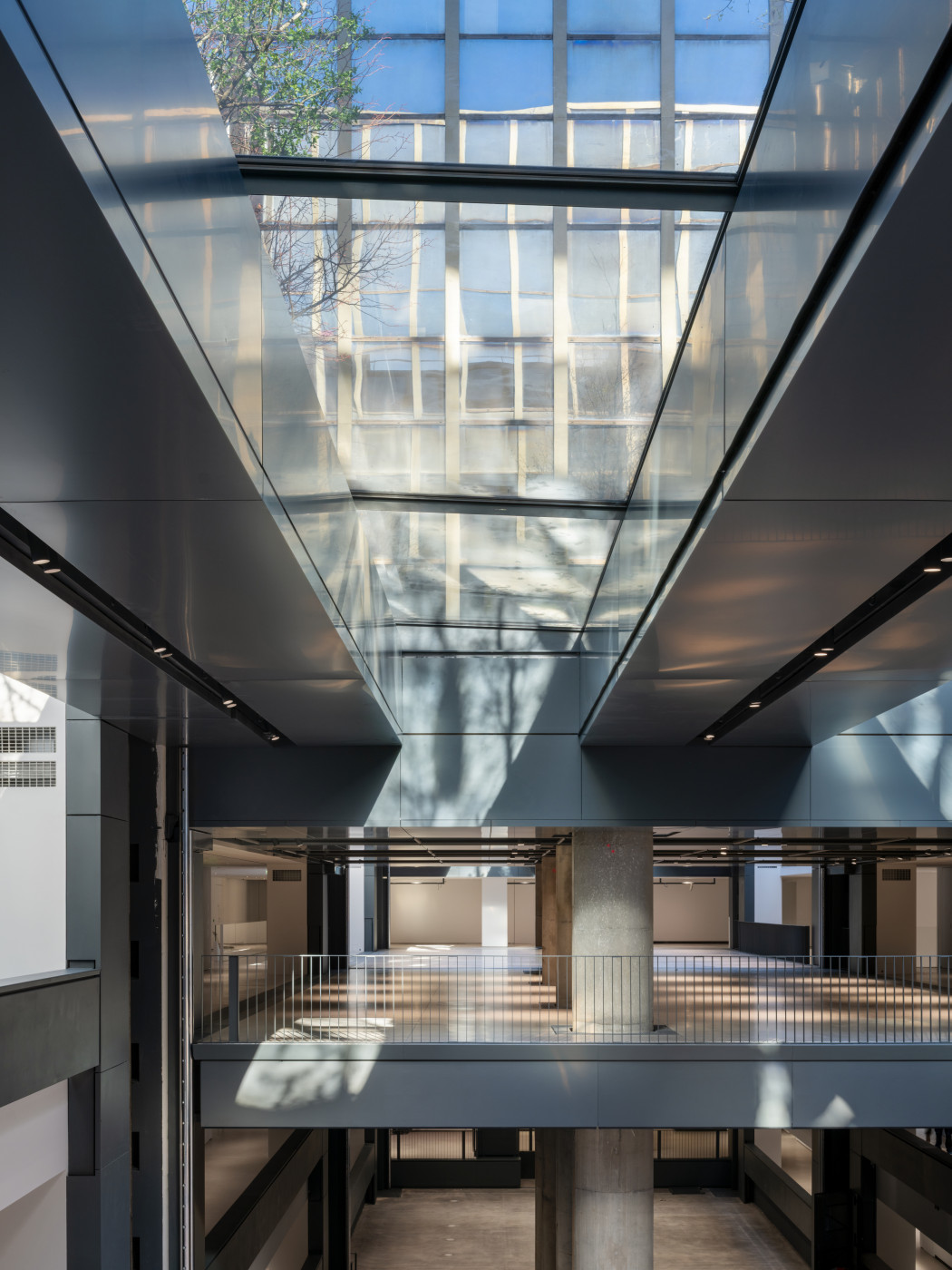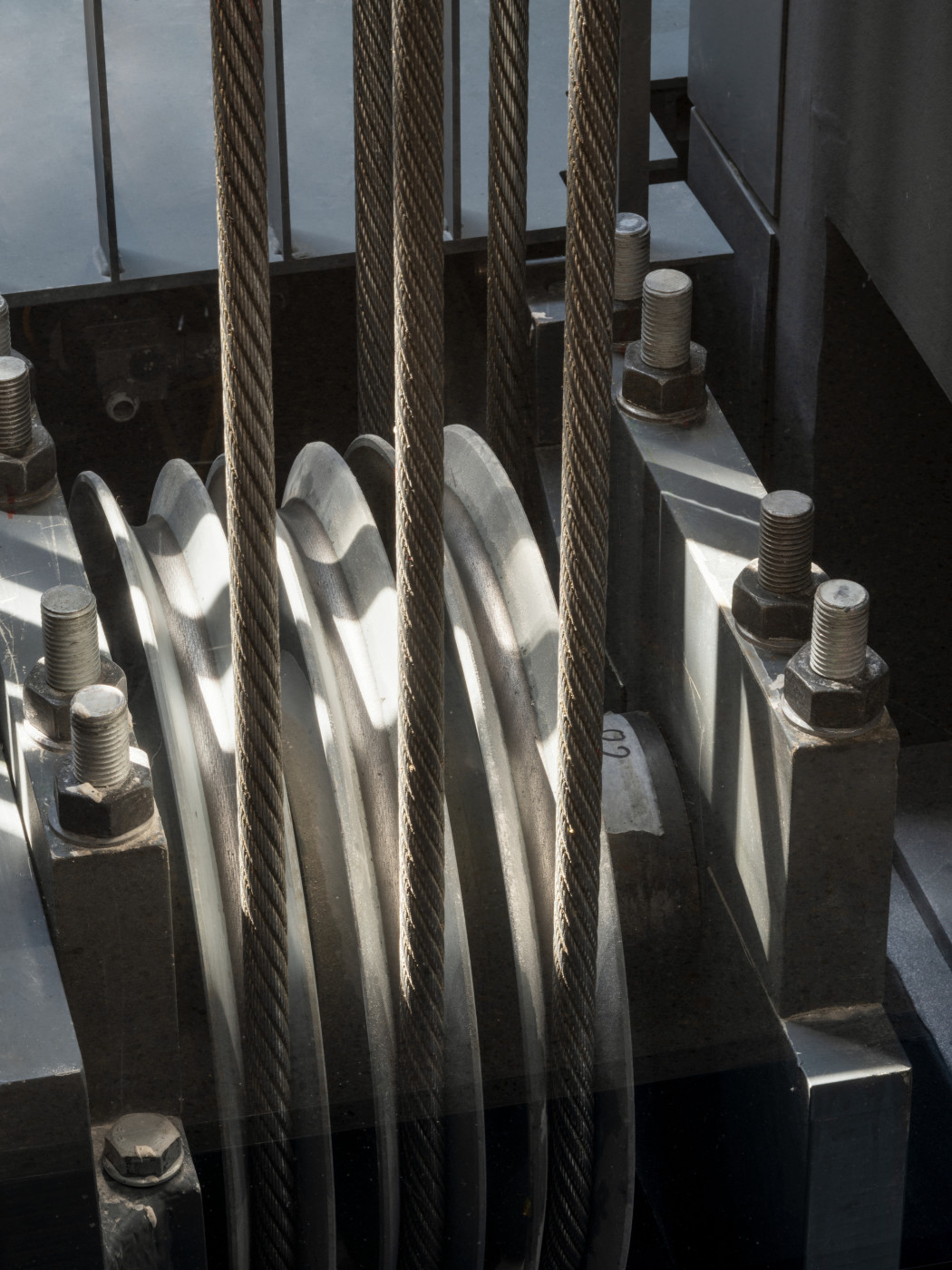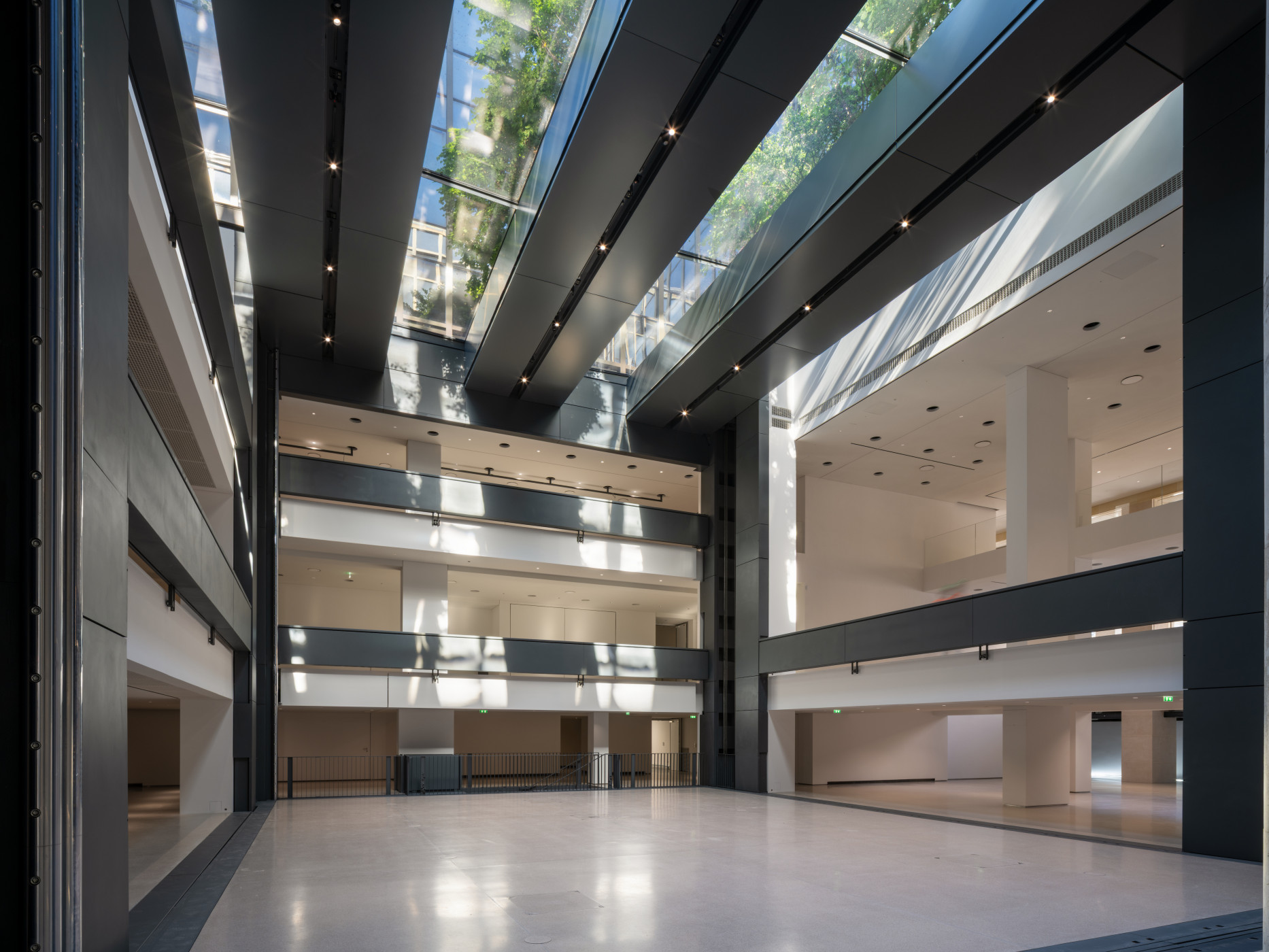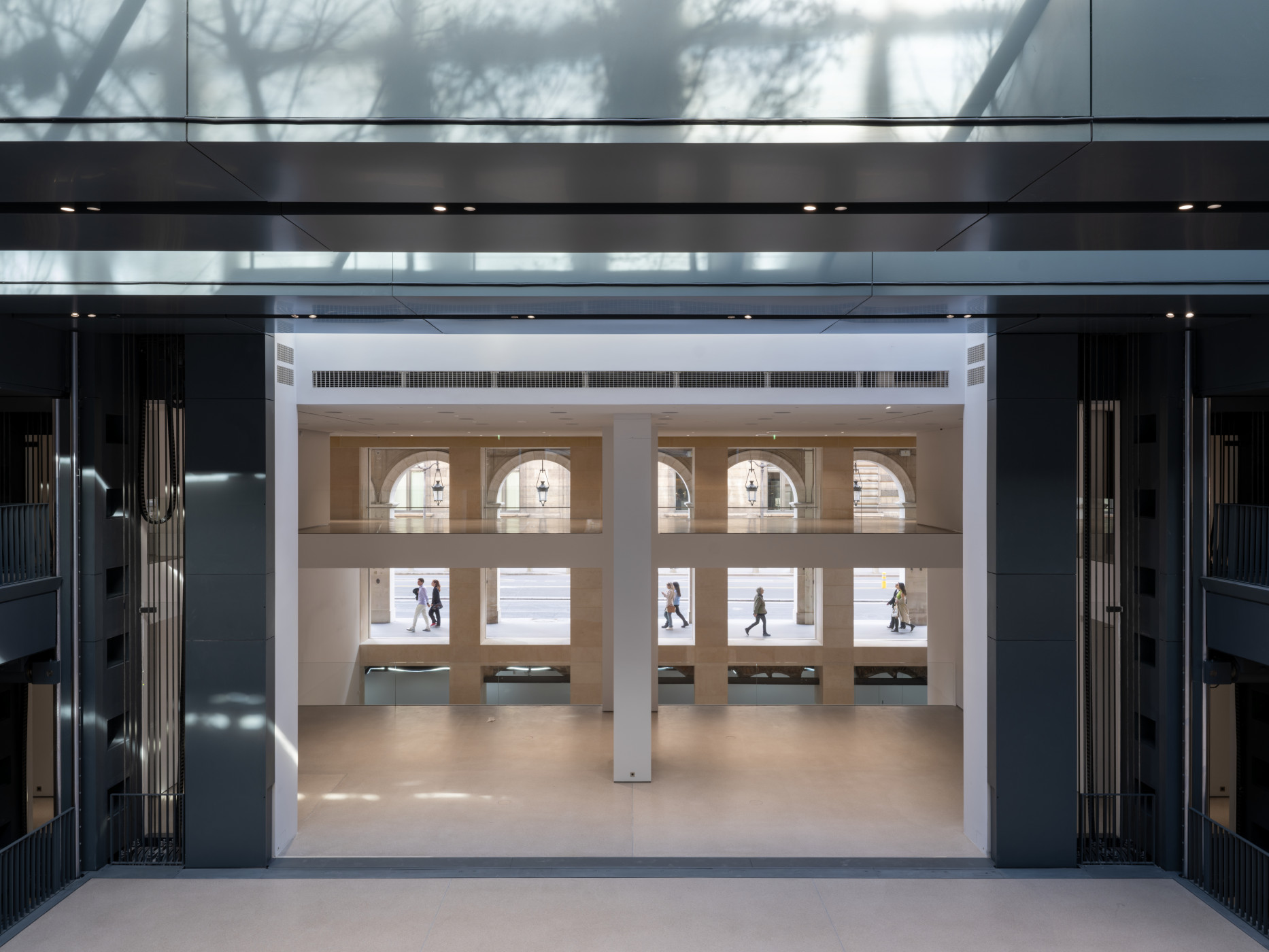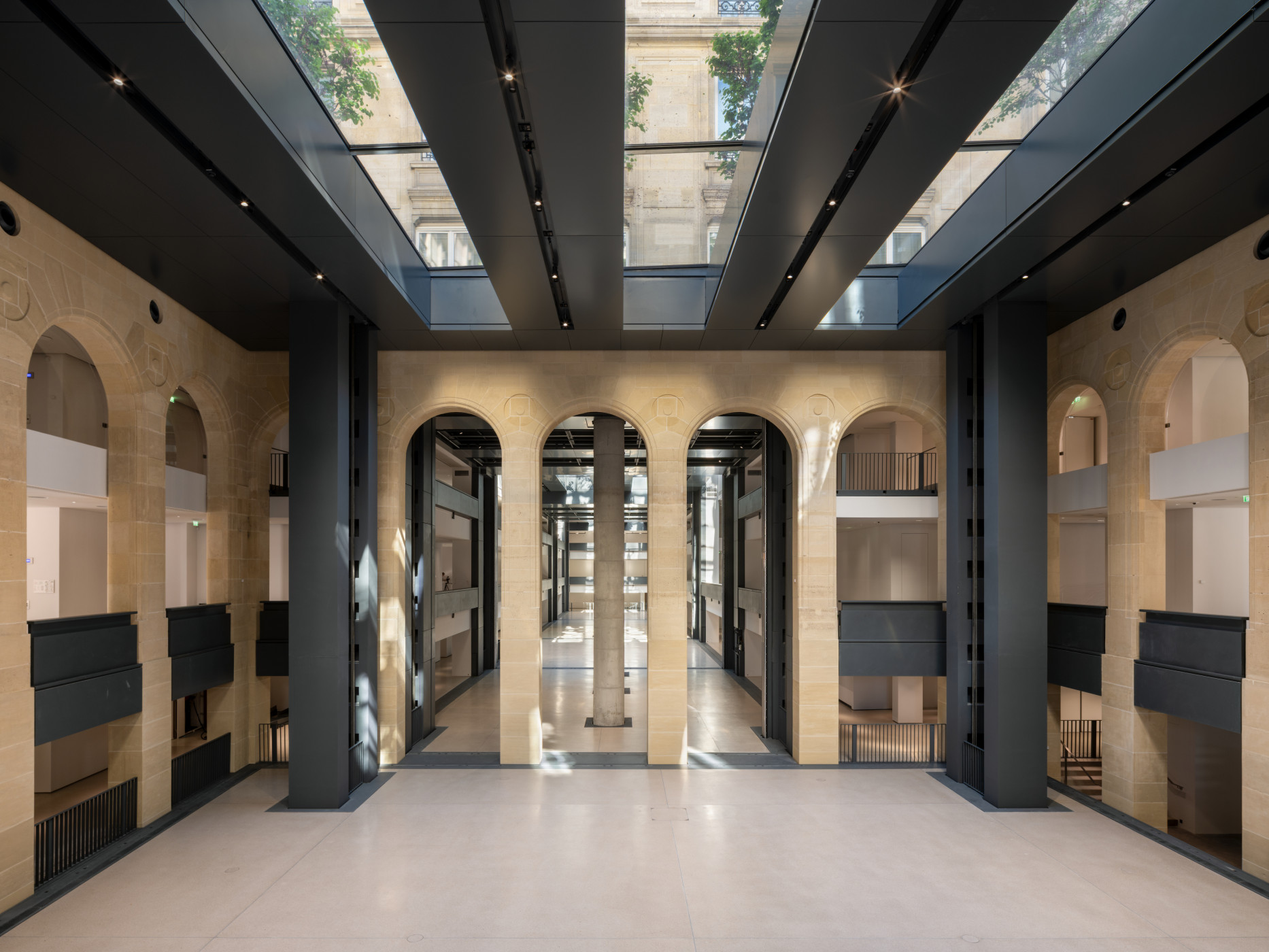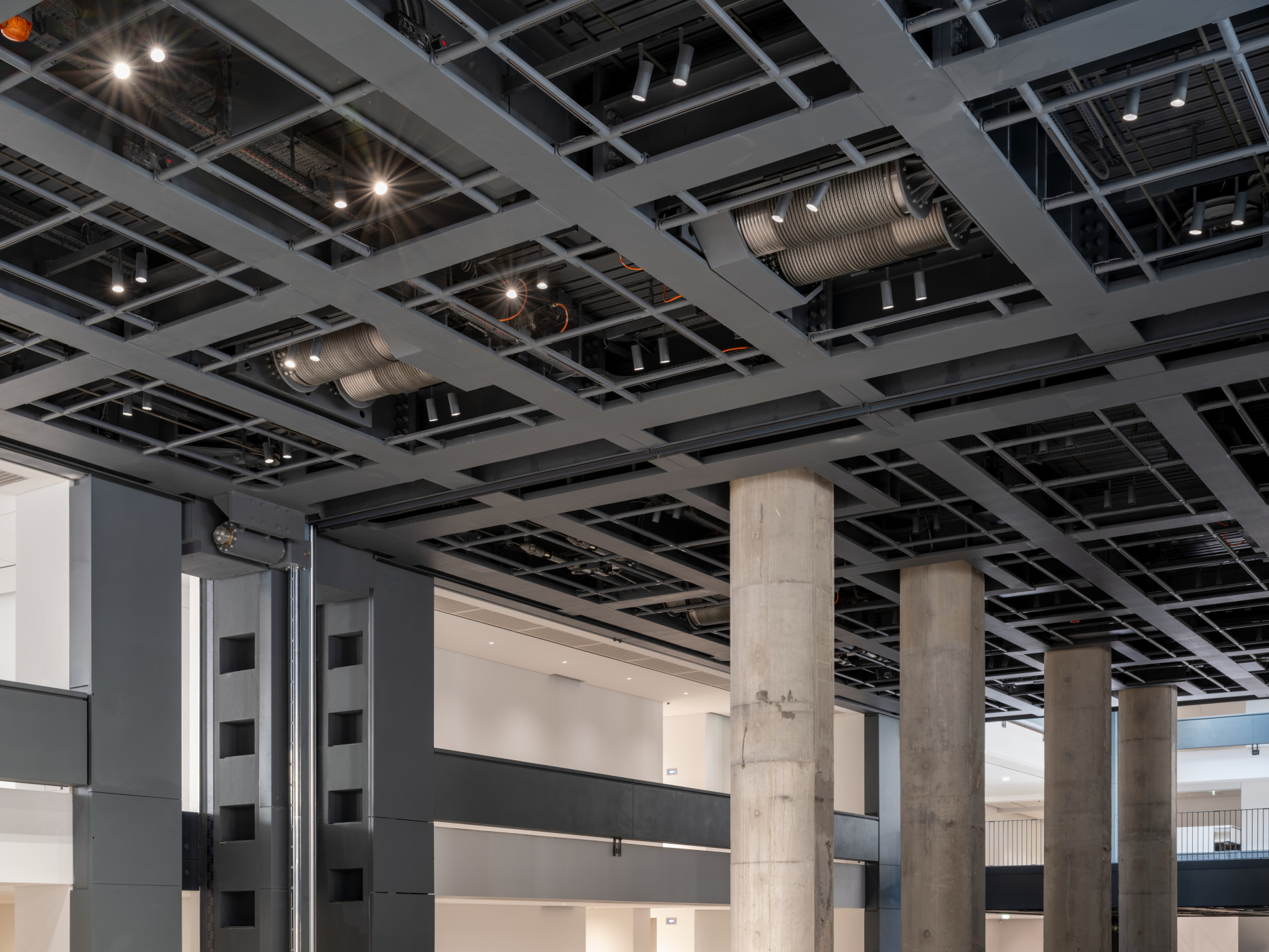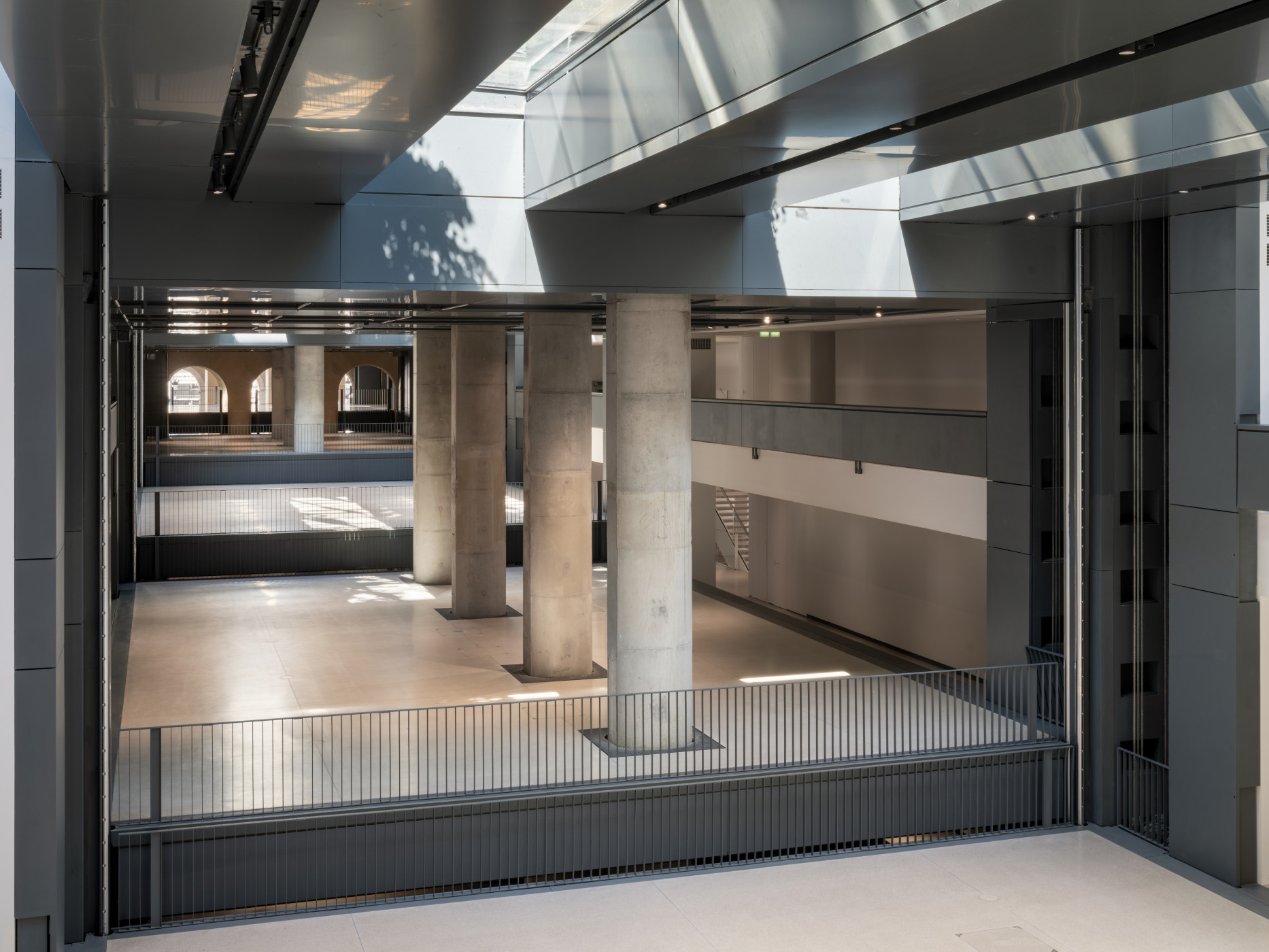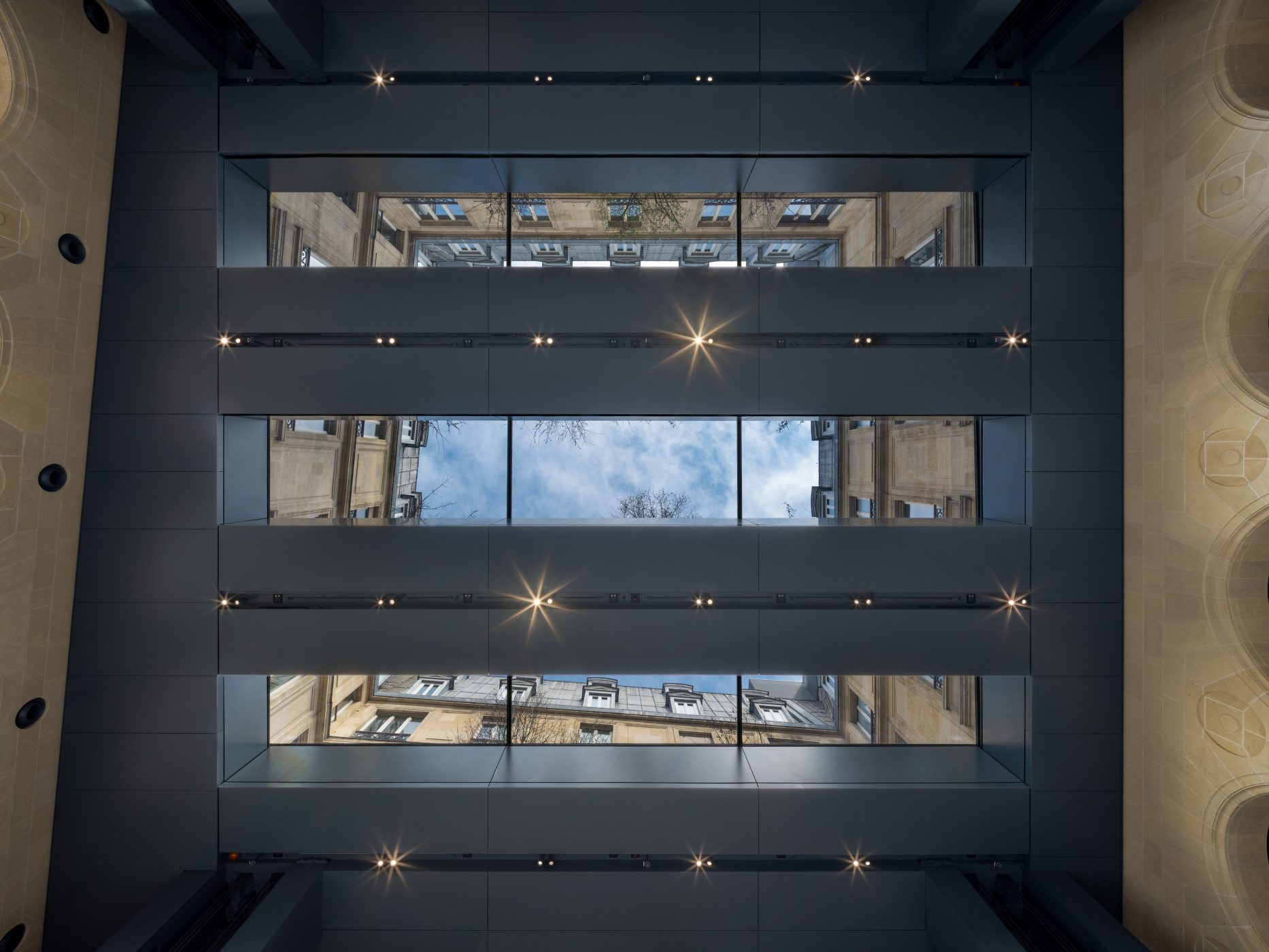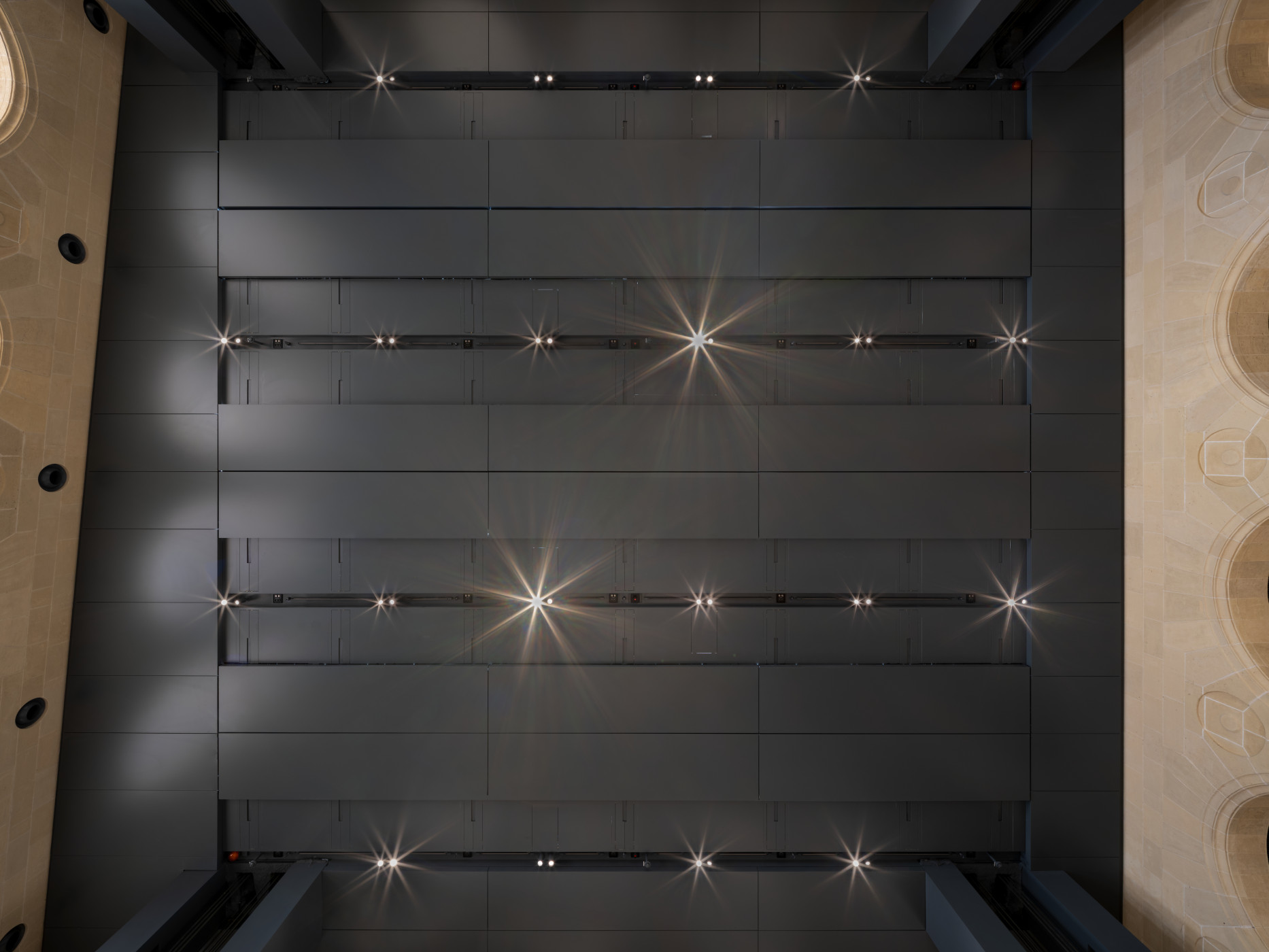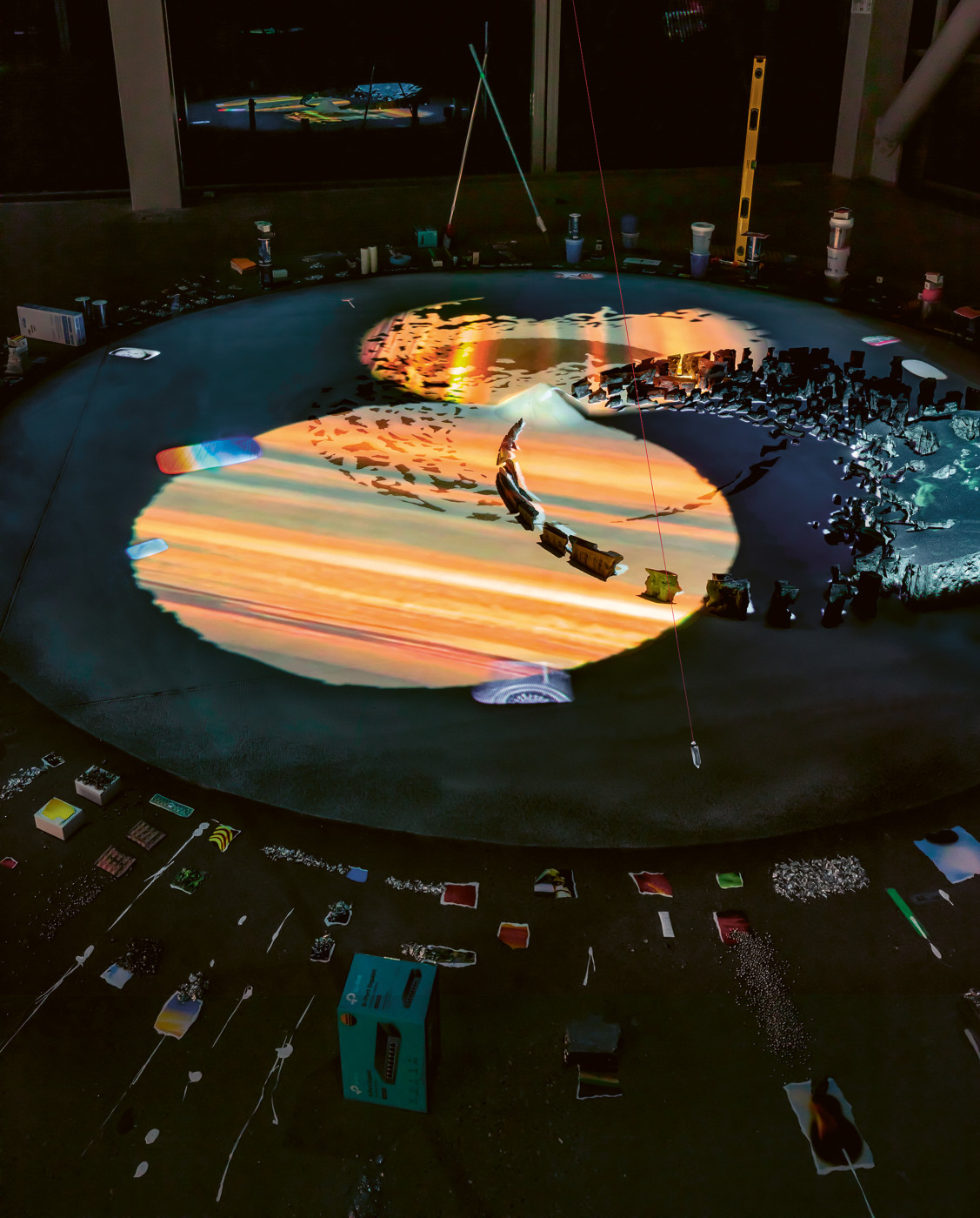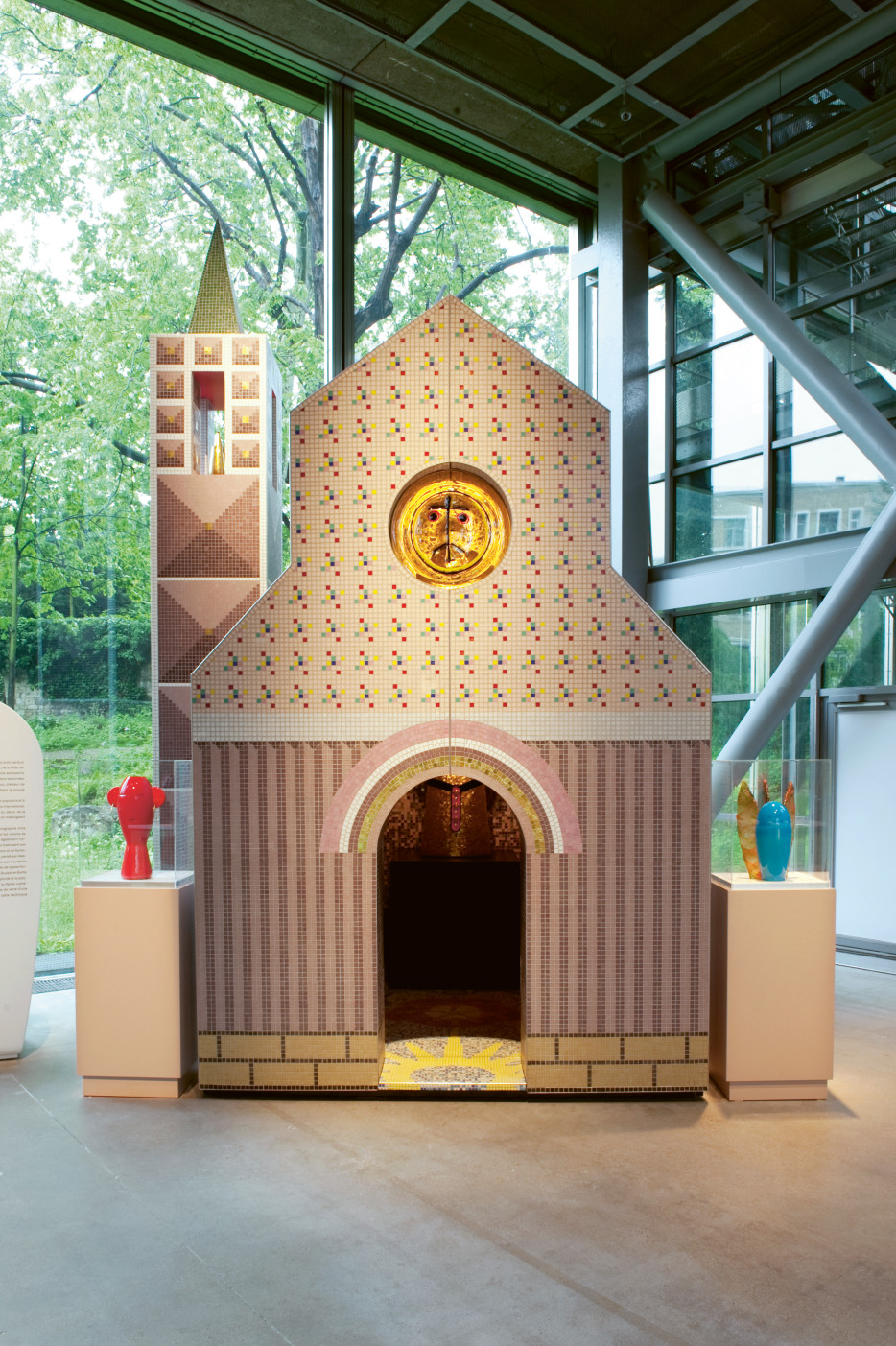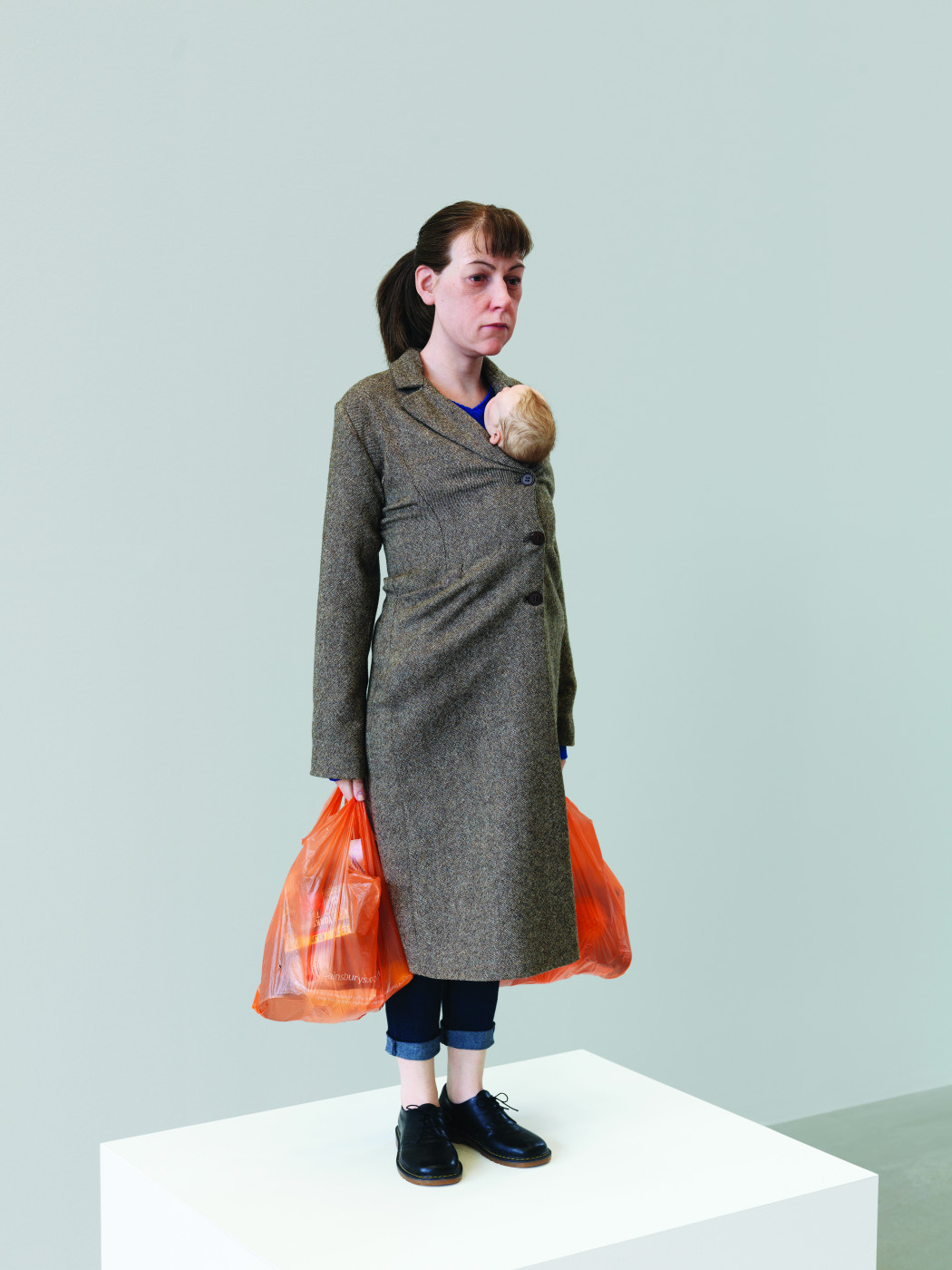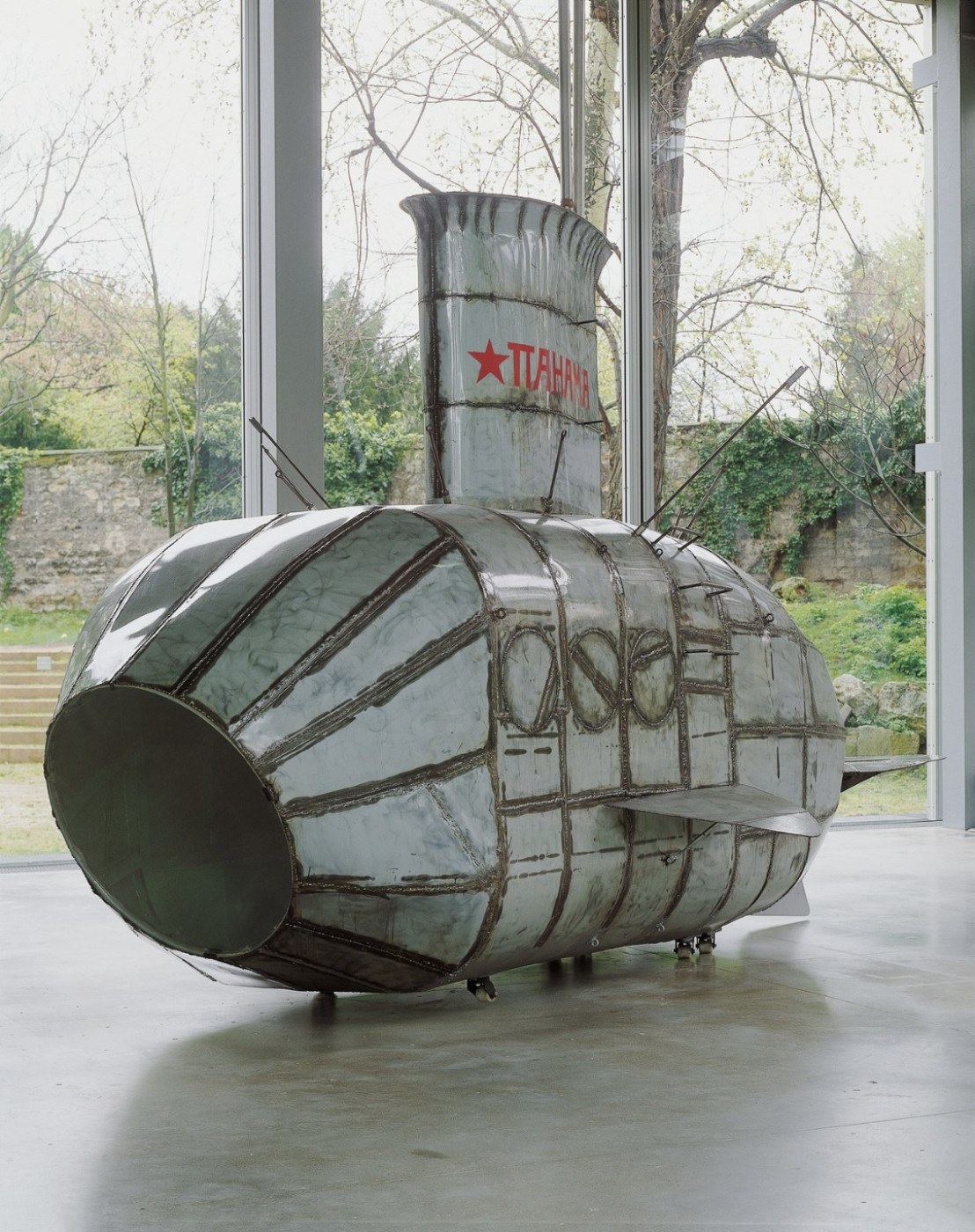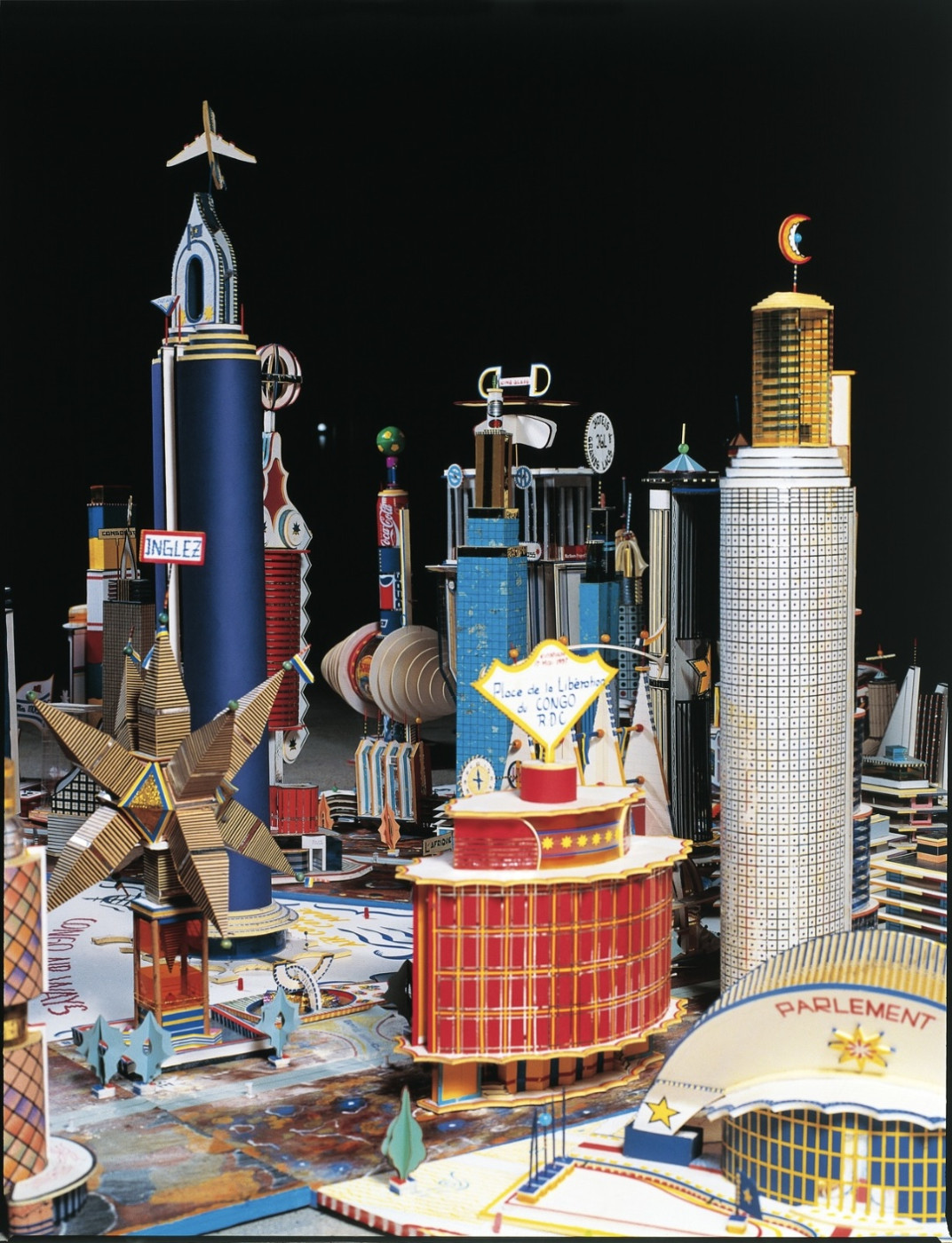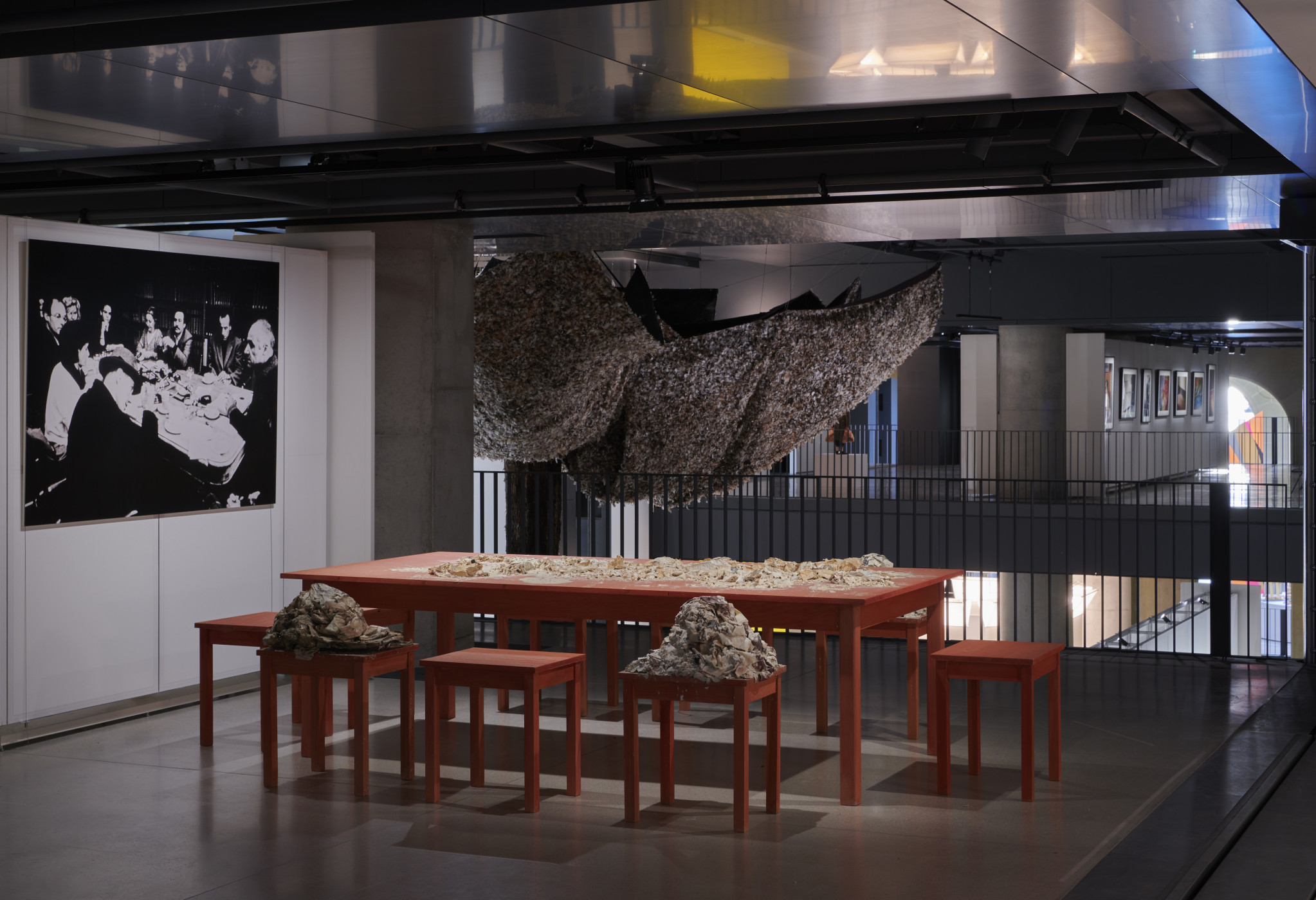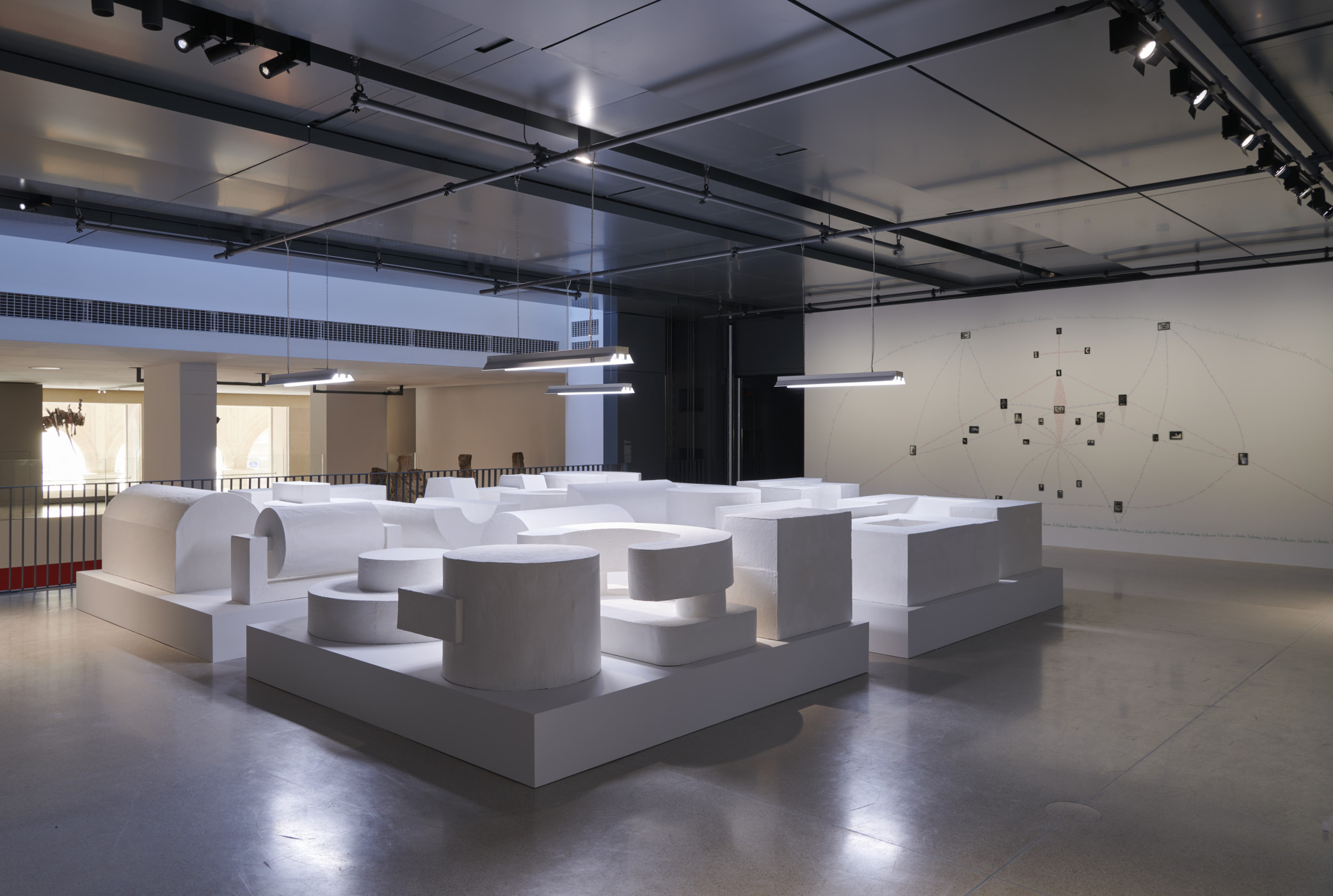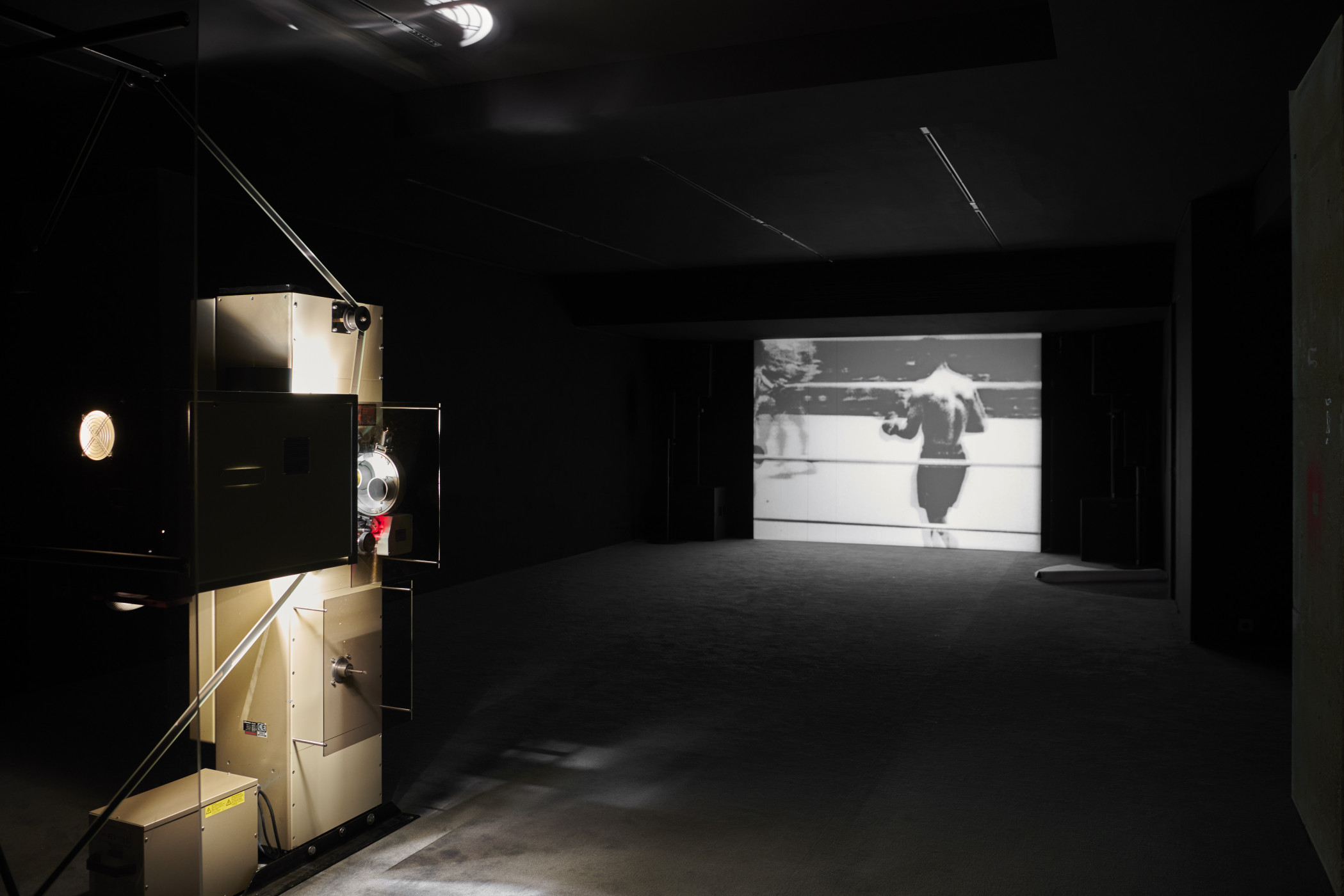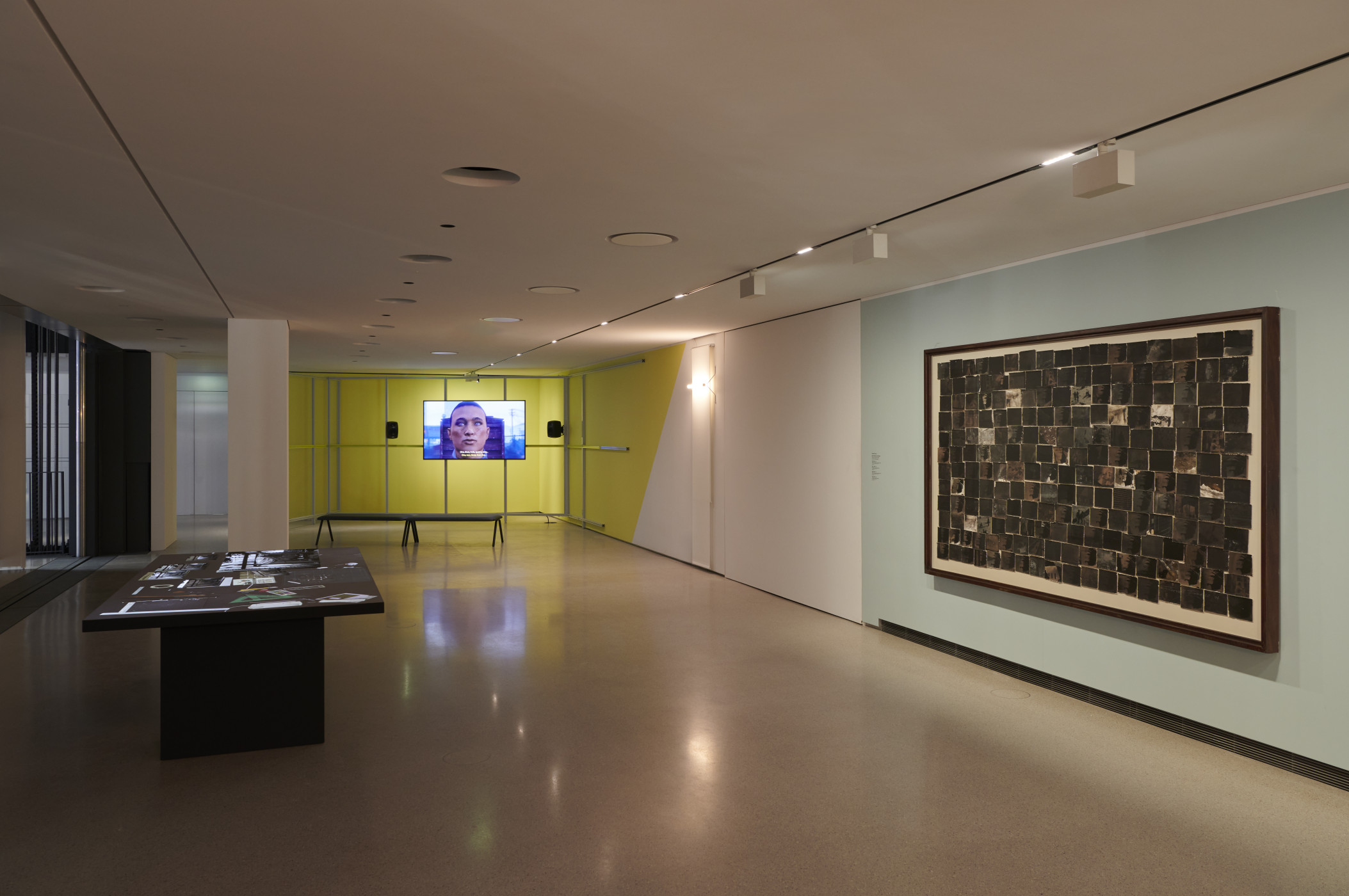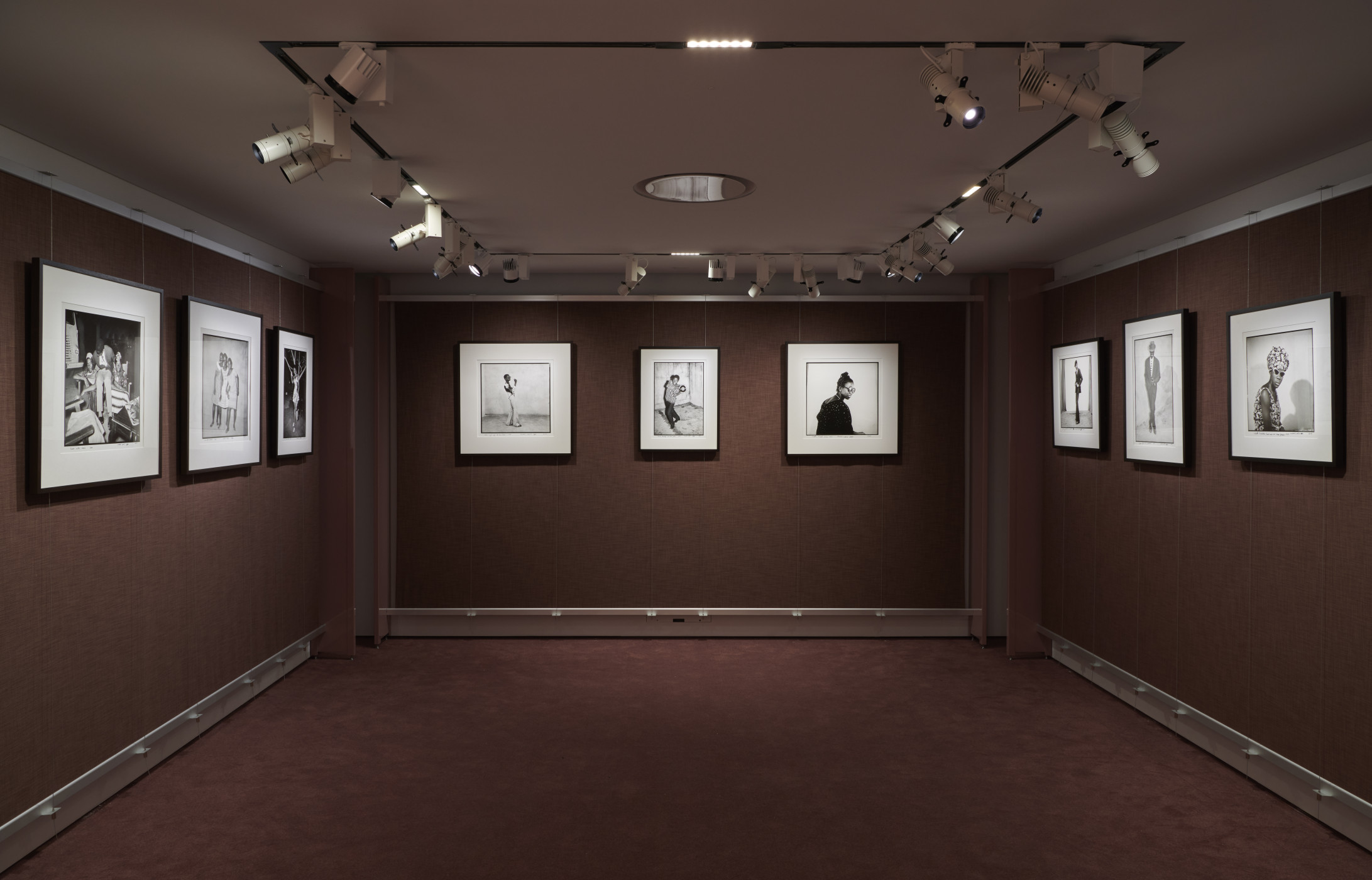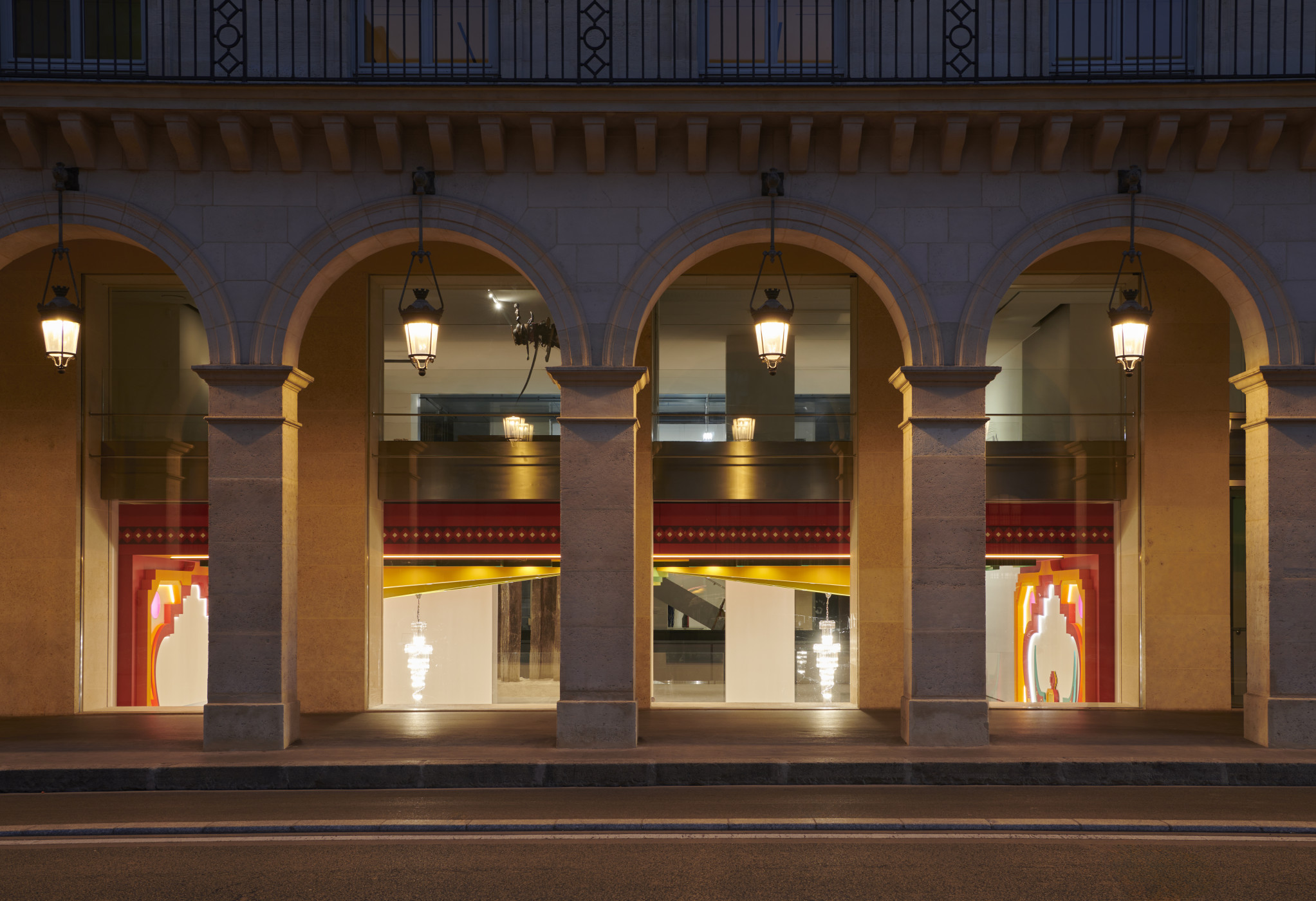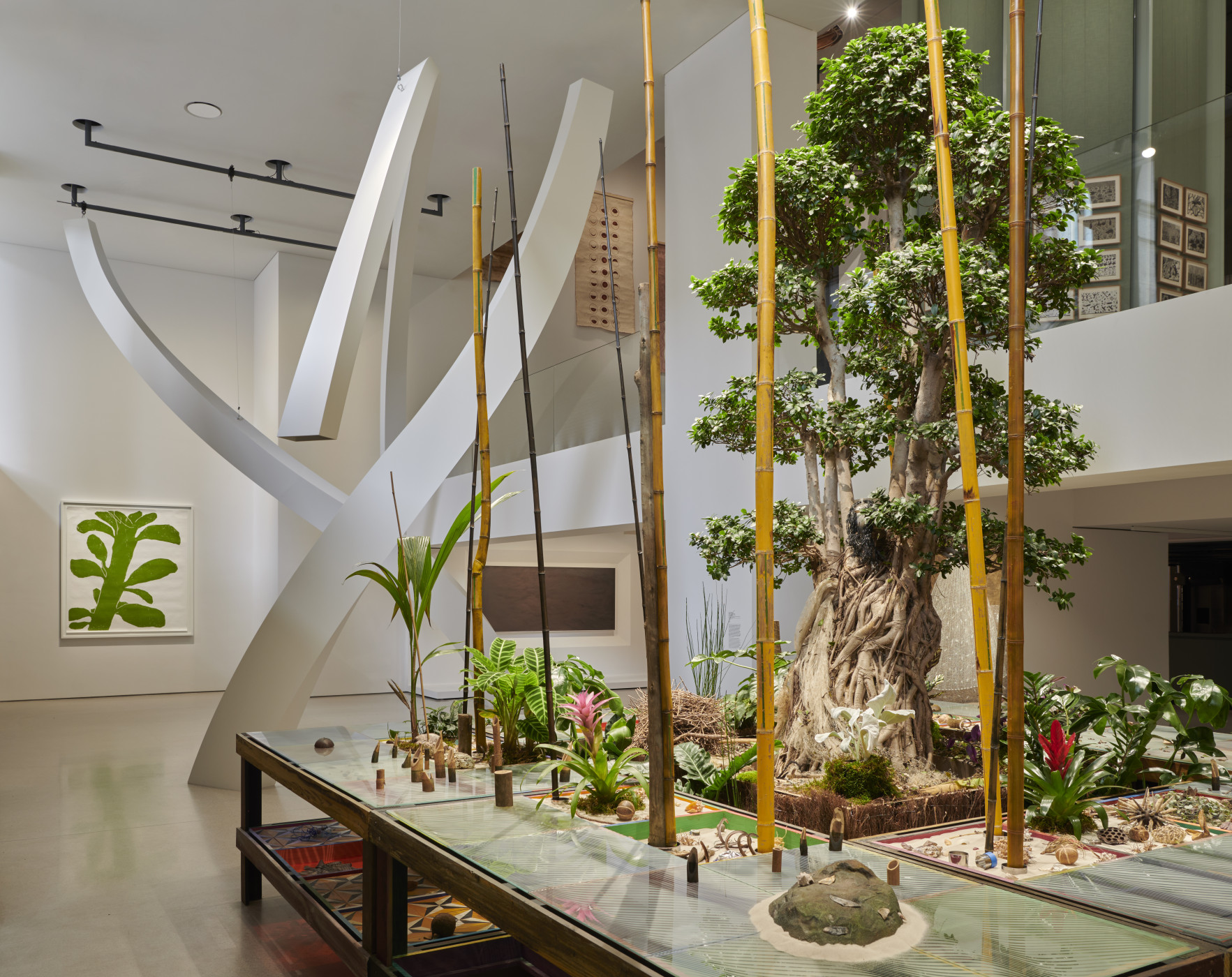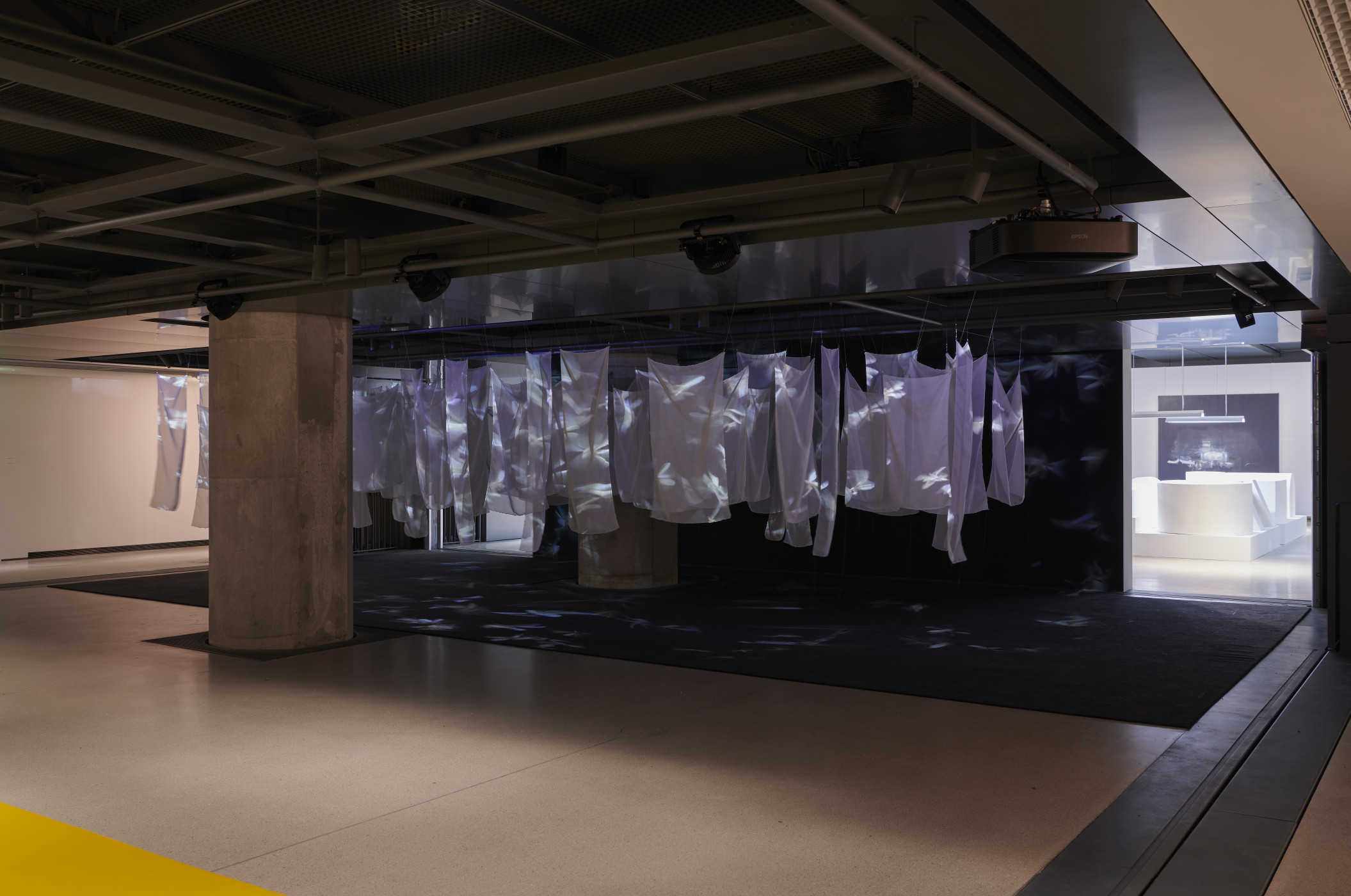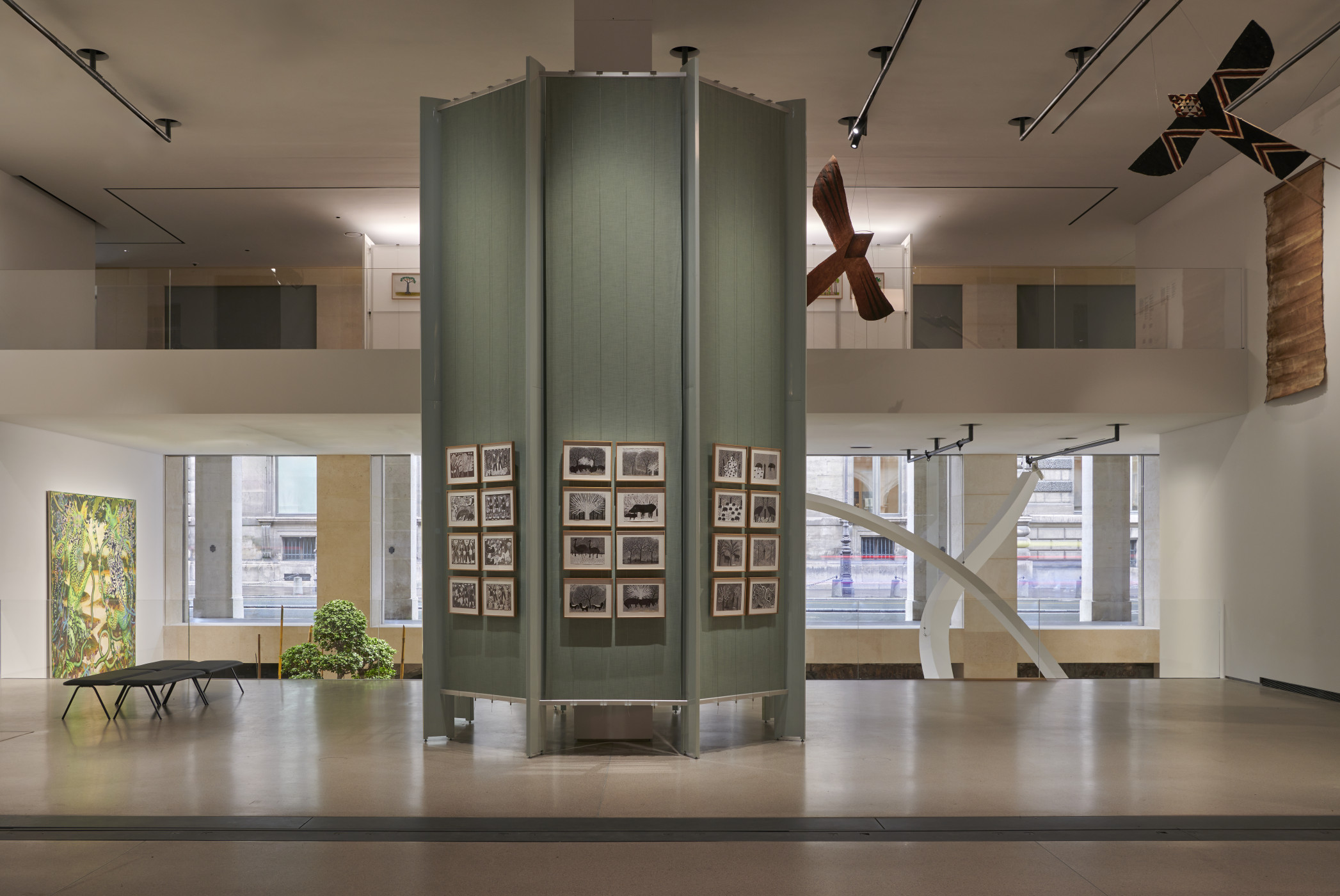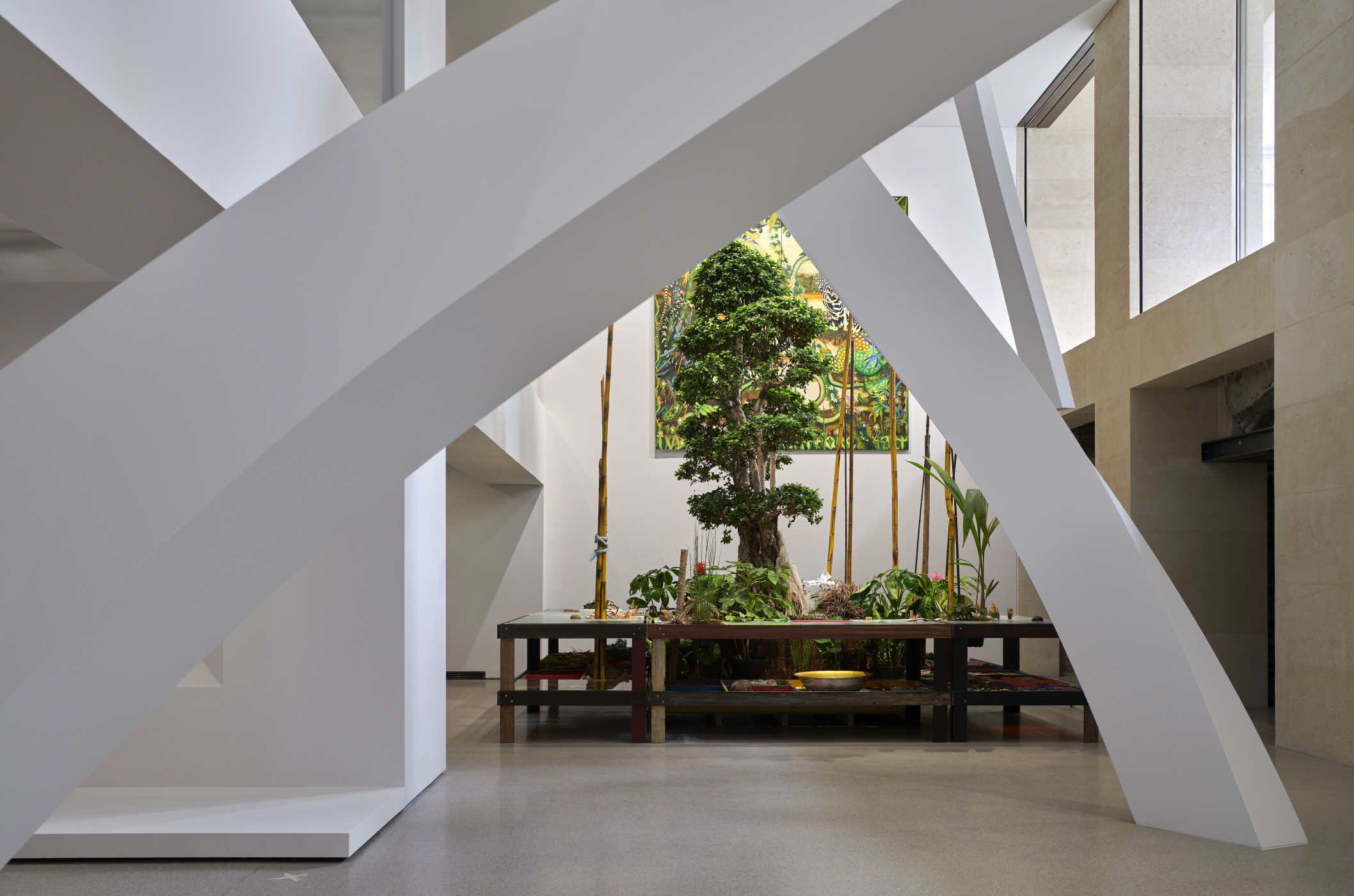
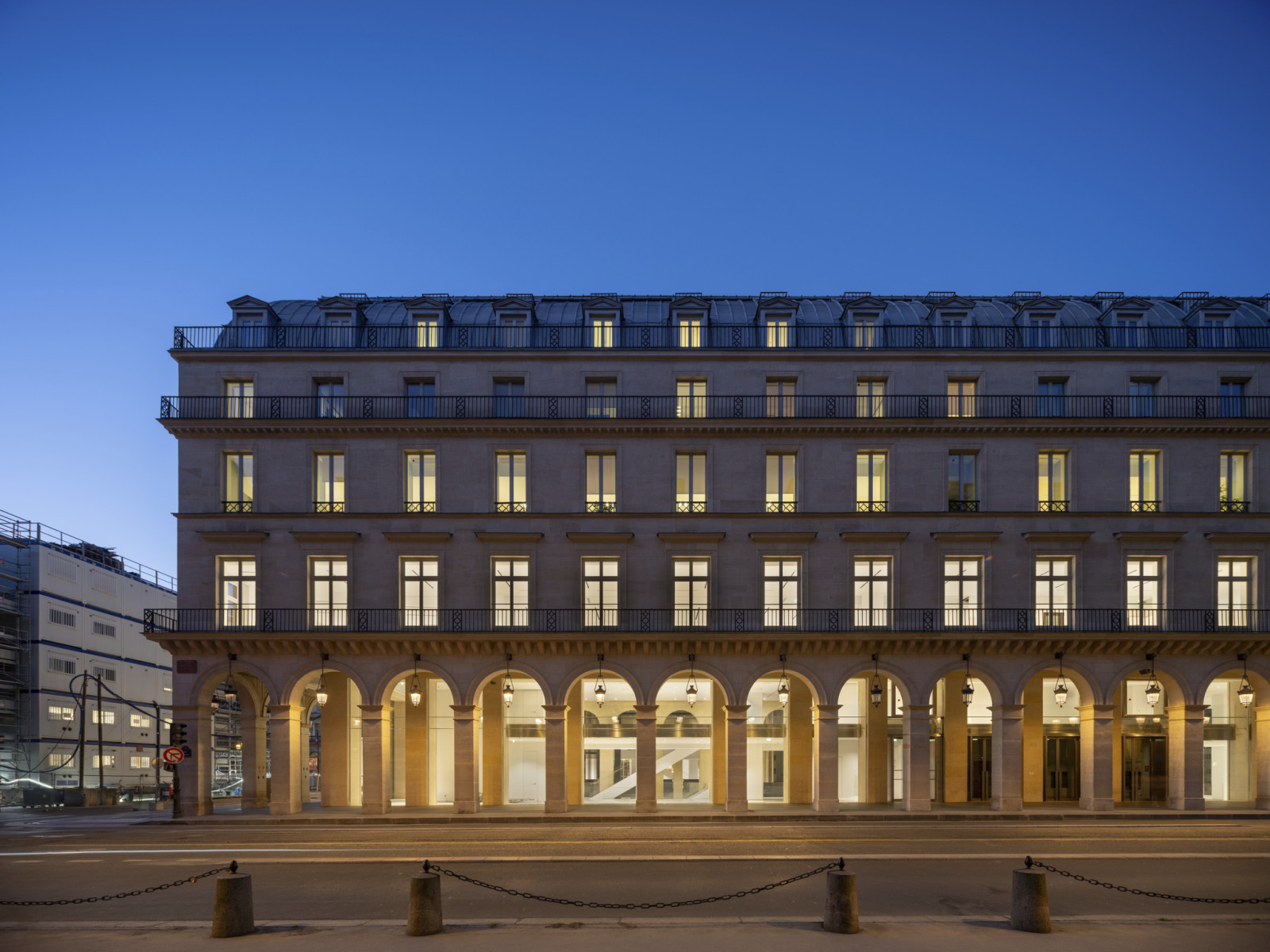
A New Landmark for Contemporary Art: Cartier Foundation Moves to Palais-Royal
On October 25, 2025, the Fondation Cartier pour l’art contemporain will open its new facility at Place du Palais-Royal in Paris’s 1st arrondissement. Located directly opposite the Louvre Museum, this landmark space was designed by world-renowned architect Jean Nouvel. The current foundation building in Montparnasse is scheduled to close by the end of the year, with its role transitioning to the new facility. Established in 1984 by Alain Dominique Perrin, then chairman of Cartier, the foundation has promoted contemporary art by placing the relationship between creation and exhibition at the center of its mission, collaborating with artists across multiple disciplines. The new facility represents a monumental project that brings the foundation’s decades-long dialogue between creation and exhibition into the heart of the city.
The new building is a renovation of a historic structure completed in 1855, formerly used as a department store and hotel, now transformed into an 8,500-square-meter cultural space, including approximately 6,500 square meters of exhibition areas. Natural light pours through its glass ceilings and large bay windows, while the arcade connecting Rue de Rivoli and Rue Saint-Honoré invites passersby to peer inside. By blurring the boundaries between the city and the museum, the architecture embodies the foundation’s philosophy of an “open culture.”
A key feature is the five movable platforms that create a flexible exhibition space. Each floor can be adjusted in height and configuration in 11 stages, allowing the entire venue to adapt to various programs, including video, performance, music, and scientific displays. This approach goes beyond the static nature of a traditional museum, creating a living, breathing architecture. Nouvel, who also designed the foundation’s Montparnasse building completed in 1994, describes the new facility as an evolved version of his earlier work, noting, “Architecture is a device for measuring changes in time and light. The Fondation Cartier pour l’art contemporain embodies this philosophy in conjunction with art.”
To mark the opening, the exhibition Exposition Générale will present approximately 600 works spanning the foundation’s 40-year history. Over 100 artists who have collaborated with the foundation from the 1980s to the present will be represented, including Japanese figures such as architect Junya Ishigami, artist Tadanori Yokoo, and photographer Daido Moriyama. Many works emerge from direct dialogue with the artists themselves, positioning the exhibition not as a retrospective but as a living archive reflecting the foundation’s philosophy of “continuous creation.” The show also includes collaborations across fashion, dance, and music, creating an immersive space where art is actively experienced. The movable platforms allow for the adjustment of height, light, and distance for each work, enhancing the interplay between architecture and exhibition. Educational and research functions have been expanded, with the introduction of La Manufacture, an educational facility offering craft-based workshops and art programs for all ages. Public spaces including a café-bar, bookstore, and small theater complement the exhibition areas, making the facility a fully integrated cultural hub.
The foundation’s activities are recognized as a model for how a luxury brand can create social value beyond corporate culture. Leveraging Cartier’s global brand recognition and financial resources, the foundation prioritizes artistic freedom and independence, functioning not as an advertising platform but as a support system for cultural activity. The new facility, the culmination of years of connecting business and culture, offers Cartier’s new answer to the question: “What should companies do for culture?”
Courtesy: Foundation Cartier
Text: Elie Inoue


